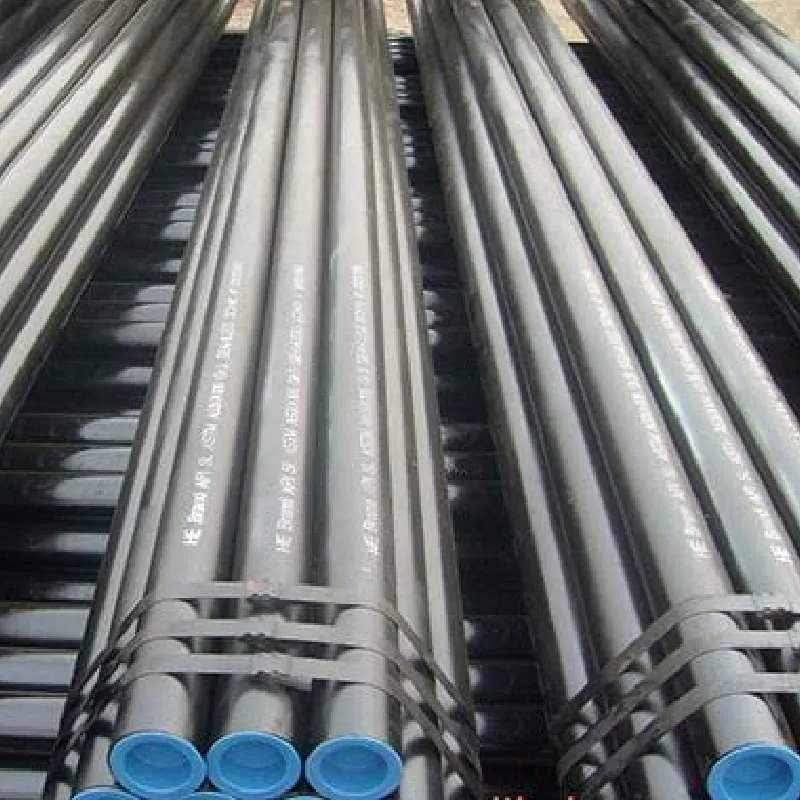-
Cangzhou Yulong Steel Co., Ltd.
-
Phone:
+86 13303177267 -
Email:
admin@ylsteelfittings.com
- English
- Arabic
- Italian
- Spanish
- Portuguese
- German
- kazakh
- Persian
- Greek
- French
- Russian
- Polish
- Thai
- Indonesian
- Vietnamese
- Zulu
- Korean
- Uzbek
- Hindi
- Serbian
- Malay
- Ukrainian
- Gujarati
- Haitian Creole
- hausa
- hawaiian
- Hebrew
- Miao
- Hungarian
- Icelandic
- igbo
- irish
- Japanese
- Javanese
- Kannada
- Khmer
- Rwandese
- Afrikaans
- Albanian
- Amharic
- Armenian
- Azerbaijani
- Basque
- Belarusian
- Bengali
- Bosnian
- Bulgarian
- Catalan
- Cebuano
- China
- China (Taiwan)
- Corsican
- Croatian
- Czech
- Danish
- Esperanto
- Estonian
- Finnish
- Frisian
- Galician
- Georgian
- Kurdish
- Kyrgyz
- Lao
- Latin
- Latvian
- Lithuanian
- Luxembourgish
- Macedonian
- Malgashi
- Malayalam
- Maltese
- Maori
- Marathi
- Mongolian
- Myanmar
- Nepali
- Norwegian
- Norwegian
- Occitan
- Pashto
- Dutch
- Punjabi
- Romanian
- Samoan
- Scottish Gaelic
- Sesotho
- Shona
- Sindhi
- Sinhala
- Slovak
- Slovenian
- Somali
- Sundanese
- Swahili
- Swedish
- Tagalog
- Tajik
- Tamil
- Tatar
- Telugu
- Turkish
- Turkmen
- Urdu
- Uighur
- Welsh
- Bantu
- Yiddish
- Yoruba

Nov . 15, 2024 15:29 Back to list
din pipe flanges
Understanding DIN Pipe Flanges A Comprehensive Guide
DIN pipe flanges are integral components in piping systems, widely used to connect various sections of pipes, valves, fittings, and other equipment. The term DIN refers to the German Institute for Standardization, which establishes internationally recognized standards, ensuring quality and interoperability in manufacturing. This article delves into the types, specifications, advantages, and applications of DIN pipe flanges.
Types of DIN Pipe Flanges
DIN flanges come in various types, each designed for specific applications and conditions. The most common types include
1. Weld Neck Flanges These flanges have a long tapered neck that provides a smooth transition between the flange and the pipe. They are typically used in high-pressure applications due to their ability to withstand significant stress.
2. Slip-On Flanges Designed to slip over the pipe, these flanges are easy to install and are often used in lower pressure applications. They are welded both inside and outside to prevent leakage.
3. Blind Flanges These are solid flanges with no opening, designed to seal off the end of a pipeline. Blind flanges are crucial when testing a piping system's integrity or when future connections may be required.
4. Threaded Flanges These flanges have internal threads and can be screwed onto pipes. They are useful in situations where welding is not feasible.
5. Socket Weld Flanges These flanges feature a socket that allows the pipe to fit inside. They are ideal for smaller diameters and high-pressure applications due to their strong weld.
Each type serves unique functions, making it crucial to select the appropriate flange for specific engineering requirements.
Specifications of DIN Flanges
DIN standards provide detailed specifications for flanges, including dimensions, material grades, pressure ratings, and surface finishes. Typically labeled with a DIN number, such as DIN 2573 or DIN 2633, these specifications ensure that flanges are compatible with their corresponding piping systems.
Material selection is vital as well. Common materials include carbon steel, stainless steel, and alloy steels, each chosen based on the environment and operating conditions. For instance, stainless steel is preferred in corrosive environments, while carbon steel is suitable for standard applications.
din pipe flanges

Advantages of DIN Flanges
Using DIN pipe flanges offers several advantages
1. Standardization Ensuring consistent dimensions and pressure ratings, which simplifies construction and maintenance efforts.
2. Interchangeability Facilities utilizing DIN flanges can easily replace or upgrade components without worrying about compatibility issues with existing systems.
3. Strength and Durability Robust designs and high-quality materials ensure longevity and reliability in diverse industrial applications.
4. Ease of Installation Many DIN flanges, particularly slip-on and threaded types, are designed for quick and uncomplicated installations, reducing overall labor costs.
5. Versatile Applications From chemical processing to oil and gas, DIN flanges are adaptable to various industries, making them a go-to choice for engineers and constructors.
Applications of DIN Pipe Flanges
DIN pipe flanges are prevalent in numerous applications across various sectors. Industries such as petrochemical, wastewater treatment, pharmaceuticals, and food processing extensively utilize these flanges due to their reliability and performance.
In petrochemical plants, for example, the flanges must withstand high pressures and corrosive environments, making the choice of materials and flange type crucial for safety and efficiency. Similarly, in the food and beverage industry, sanitary flanges are vital to meet hygiene standards.
Conclusion
DIN pipe flanges play a pivotal role in ensuring the integrity and functionality of piping systems across various industries. Understanding the different types, specifications, advantages, and applications of these flanges allows engineers, contractors, and maintenance personnel to make informed decisions. With their standardization and reliability, DIN flanges continue to be an essential component in modern infrastructure, facilitating safe and efficient operations in countless applications worldwide.
Latest news
-
ANSI 150P SS304 SO FLANGE
NewsFeb.14,2025
-
ASTM A333GR6 STEEL PIPE
NewsJan.20,2025
-
ANSI B16.5 WELDING NECK FLANGE
NewsJan.15,2026
-
ANSI B16.5 SLIP-ON FLANGE
NewsApr.19,2024
-
SABS 1123 FLANGE
NewsJan.15,2025
-
DIN86044 PLATE FLANGE
NewsApr.19,2024
-
DIN2527 BLIND FLANGE
NewsApr.12,2024
-
JIS B2311 Butt-Welding Fittings LR/SR 45°/90° /180°Seamless/Weld
NewsApr.23,2024











